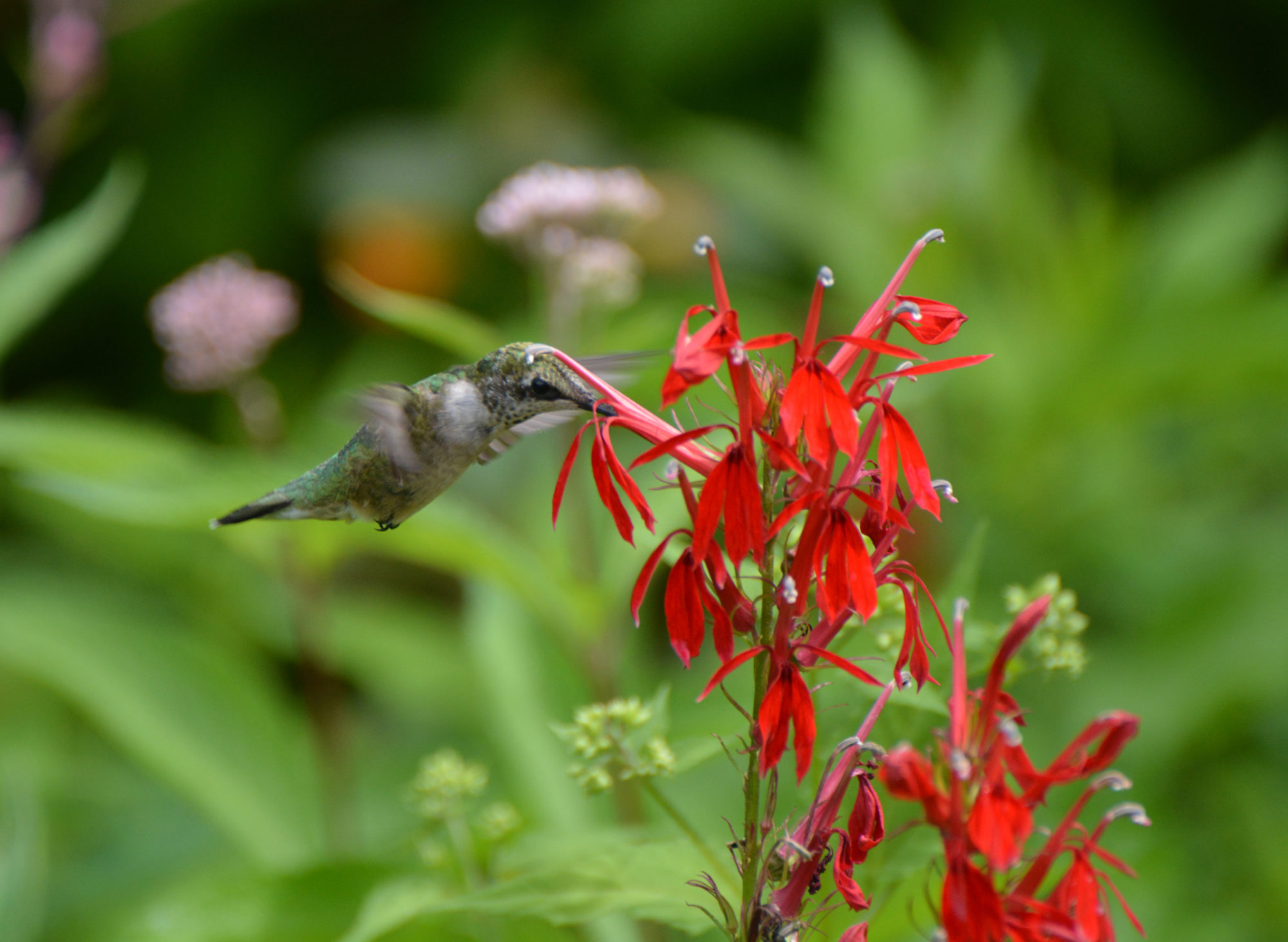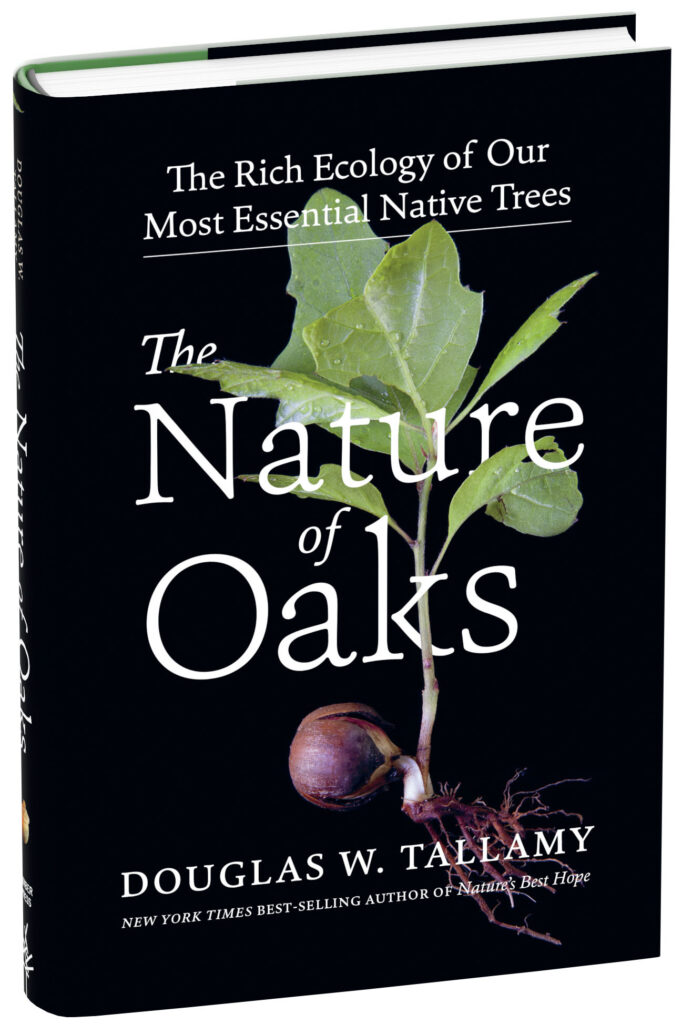
First things first:
Please read this book! It is what has inspired HGCNY’s involvement in the Baltimore Woods forest project.
Tallamy’s recorded presentation about oaks for Wild Ones is also well worth viewing.
Note that Doug Tallamy is an Honorary Director of Wild Ones!
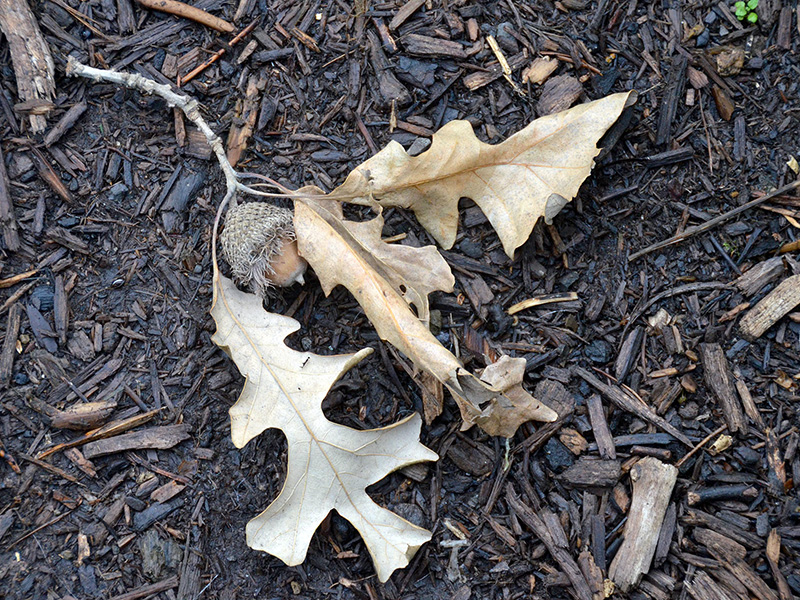
An acorn fallen from an oak tree found in a suburban neighborhood.
This acorn may look different than what you first picture when you think of an acorn.
Different kinds of oaks at different stages have different kinds of acorn caps.
Oaks and birds
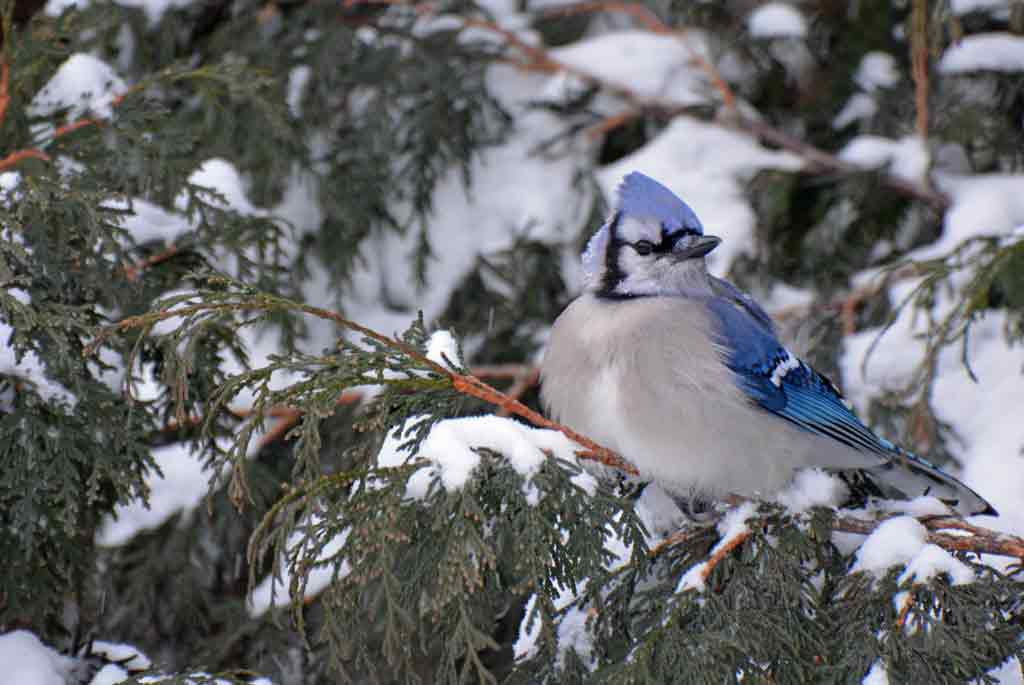
The blue jay is the star of oak distribution. Joe Lamp’l quotes Tallamy: “A single blue jay can bury 4,500 acorns during a mast year — a year in which oaks produce more acorns than normal. But, Doug says, blue jays only remember where they buried one in four acorns. That means they plant 3,300 new trees in a mast year.”
He continues: Jays and oaks co-evolved starting 65 million years ago in Southeast Asia, forming a mutualism, Doug says, and because of jays, oaks move faster around the world than any other tree genus.
Most animals that harvest acorns will eat each acorn they pick up, and even squirrels that bury acorns only bury them feet from the tree. But jays will fly an acorn a mile away before burying it, Doug says.
Oaks and insects
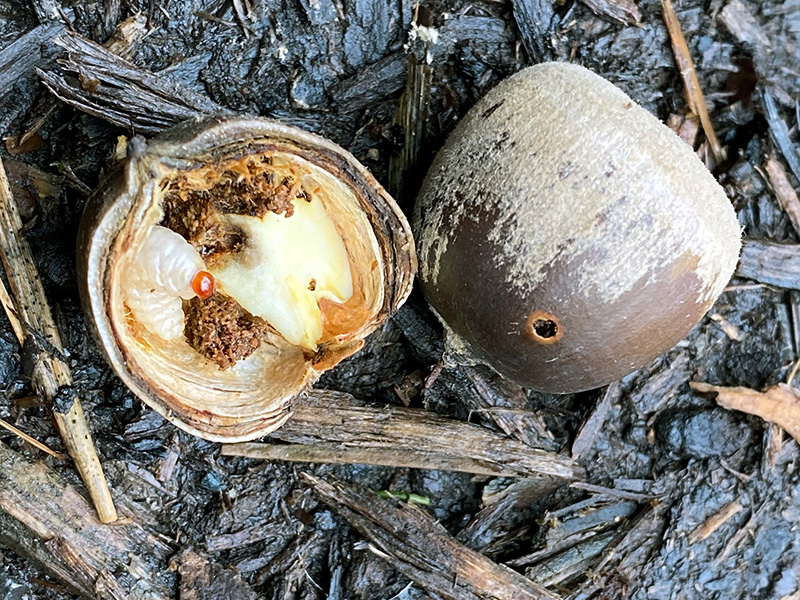
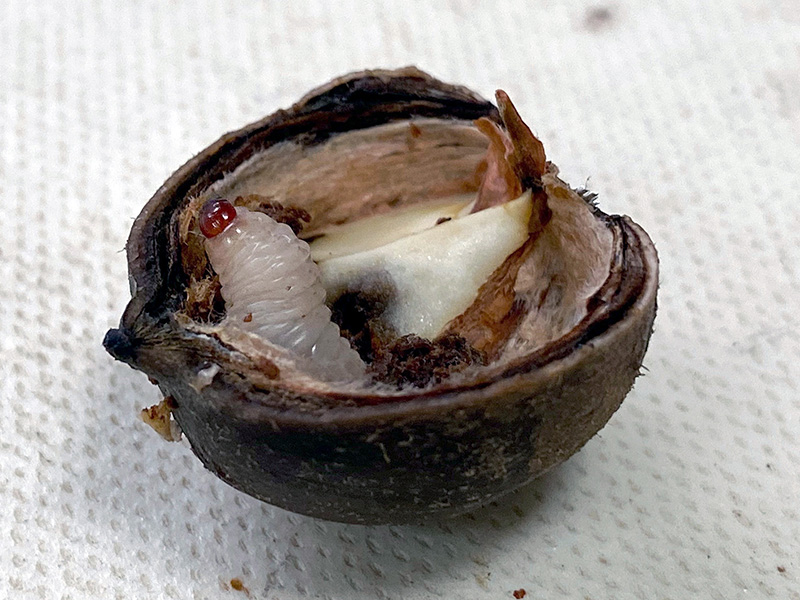
Oak wilt
Unfortunately, the deadly oak wilt disease, caused by a fungus, has been discovered in NYS. The NYS DEC recommends that we:
- Learn to recognize the symptoms (see DEC fact sheet listed in Resources)
- Prune properly at the correct time of year (see below)
- Adhere to NYS firewood regulations
Pruning oaks to prevent oak wilt
The NYS DEC Conservationist magazine (Dec ’20/Jan ’21 issue) recommends the following:
“All oaks require special pruning precautions due to the risk of spreading oak wilt, a deadly fungal disease that can be carried and spread by otherwise harmless beetles. These beetles are attracted to tree wounds and can fnd an injured tree in as little as 10 to 30 minutes. If you have an oak that could beneft from pruning, plan to prune it between October and mid-March, when the beetles that carry oak wilt are not active. If an oak is wounded in spring or summer and pruning cannot wait, you should treat the pruning wound with a thin coating of paint— any kind will do. Covering the pruning wound with paint will slow recovery, but it will also prevent the oak wilt fungus from entering the tree.”
Does oak wilt mean we shouldn’t plant oaks?
We do NOT need to avoid planting oaks!
As Doug Tallamy says in The Nature of Oaks:
“… a small percentage of the oaks in natural and planned landscapes have shown some degree of resistance to these diseases [sudden oak death and oak wilt]. When disease hits an area, it is the resistant oaks that produce the most and best acorns, and it is jays that preferentially disperse those seeds bearing resistance genes. Although many oaks die quickly from introduced diseases, the seeds of those that remain are spread throughout the countryside by jays, assuring that future generations of oaks will be better able to survive infection. This is natural selection at its best but only works when the partnership between oaks and jays is thriving.”
Resources
- Wild Ones:
- The Nature of Oaks, a video presentation by Doug Tallamy – A must-see!!
- “Oaktober”: Planting oaks
- Nature’s Notebook (USGS program):
- Quercus Quest – a community science program specifically about oaks
- NY Times:
- US Forest Service:
- NYS DEC:
- Oak wilt – comprehensive resources; Do NOT prune oak trees in spring or summer
- Oak wilt fact sheet – short PDF summary
- Joe Gardener Show:
- Episode 206: Our most essential trees – The Nature of Oaks with Doug Tallamy – a nice summary of some of Tallamy’s basic ideas
Reflections
Every acorn on the ground is just as alive as the three-hundred-year-old oak tree that towers over it.
~ Hope Jahren, Lab Girl
The monarch oak, the patriarch of the trees,
Shoots rising up, and spreads by slow degrees:
Three centuries he grows, and three he stays
Supreme in state; and in three more decays.
~ John Dryden (1631-1700)
